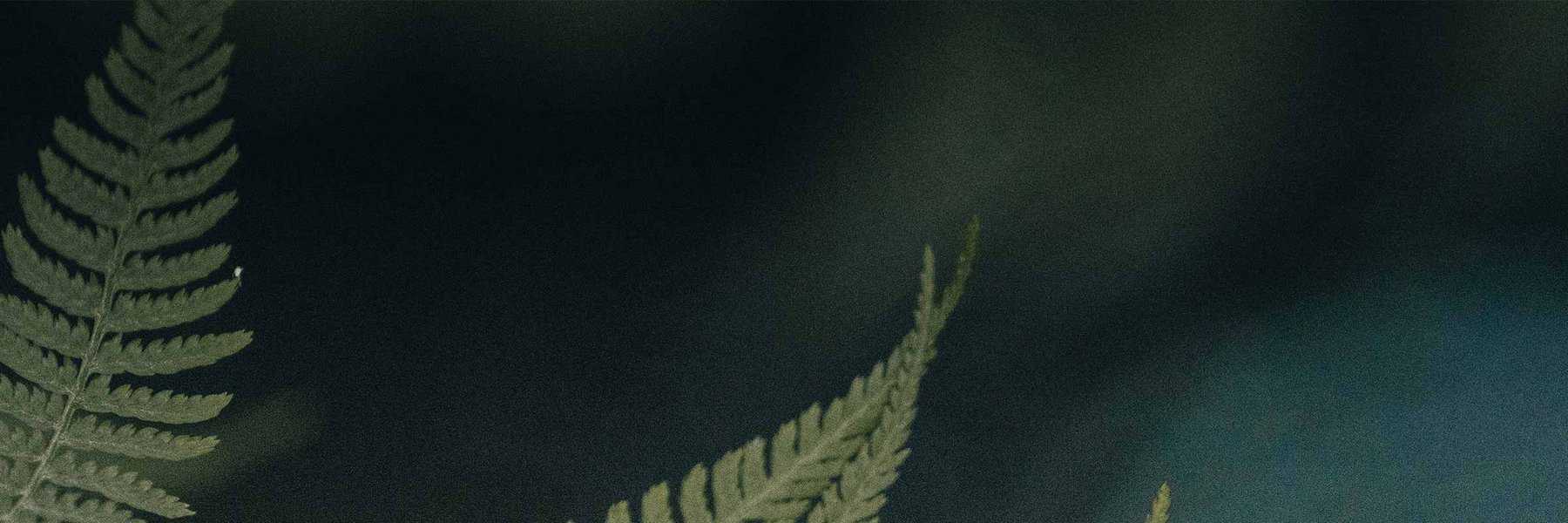Moths and butterflies on alien shores: Global biogeography of non-native Lepidoptera
May 2022
Publication: Journal of Biogeography
Author(s): Mally R, Turner RM, Blake RE, Fenn-Moltu G, Bertelsmeier C, Brockerhoff EG, Hoare RJB, Nahrung HF, Roques A, Pureswaran DS, Tamanaka T, Liebhold AM.
Aim
Lepidoptera is a highly diverse, predominantly herbivorous insect order, with species transported to outside their native range largely facilitated by the global trade of plants and plant‐based goods. Analogous to island disharmony, we examine invasion disharmony, where species filtering during invasions increases systematic compositional differences between native and non‐native species assemblages, and test whether some families are more successful at establishing in non‐native regions than others.
Location
Hawaii, North America, Galapagos, Europe, South Africa, South Korea, Japan, Nansei Islands, Ogasawara Islands, Australia, New Zealand.
Taxon
Lepidoptera
Methods
We compared numbers of non‐native, unintentionally introduced Lepidoptera species with the land area of 11 regions worldwide. Differences among native and non‐native assemblages in the distribution of species among families were investigated using ordination analysis. We tested whether invasion disharmony is explained by propagule pressure (proxied by species richness in border interceptions) and if families were associated with specific trade commodities.
Results
In total, 741 non‐native Lepidoptera species, accounting for 0.47% of the global diversity of lepidopterans, are established in at least one of the 11 regions. Crambidae, Pyralidae, Tineidae and Gracillariidae were particularly successful invaders, whereas the two most species‐rich families, Erebidae and Geometridae, were under‐represented among non‐native Lepidoptera. Much of the variation in species numbers in the native, and less so in the non‐native assemblages could be attributed to land area. Although native assemblages were similar among nearby regions, non‐native assemblages were not, suggesting geography had little effect on invasion disharmony. Comparison of established with intercepted species revealed that macromoth families were generally under‐represented in establishments, whereas several micromoth families were under‐represented in interceptions. This discrepancy may relate to greater detectability of larger species or high propagule pressure via associations with specific invasion pathways.
Main conclusions
Invasion disharmony in Lepidoptera appears to be driven by processes unrelated to the success of native assemblages. While native assemblages developed through long‐term evolutionary radiation, the composition of non‐native assemblages is driven by differential invasion pathways and traits affecting the establishment of founder populations that vary among families.
